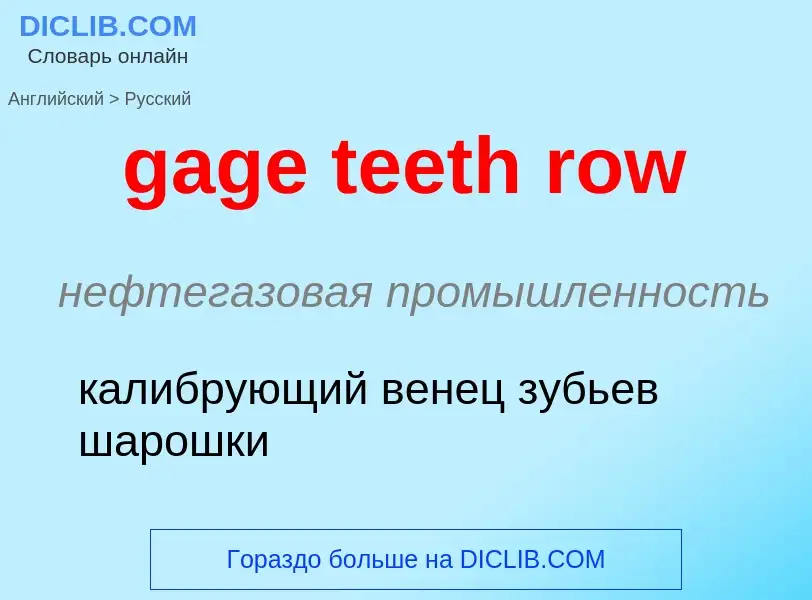Перевод и анализ слов искусственным интеллектом ChatGPT
На этой странице Вы можете получить подробный анализ слова или словосочетания, произведенный с помощью лучшей на сегодняшний день технологии искусственного интеллекта:
- как употребляется слово
- частота употребления
- используется оно чаще в устной или письменной речи
- варианты перевода слова
- примеры употребления (несколько фраз с переводом)
- этимология
gage teeth row - перевод на русский
нефтегазовая промышленность
калибрующий венец зубьев шарошки
['milktu:θ]
общая лексика
молочный зуб
общая лексика
молочный зуб
Определение
Википедия
Sharks continually shed their teeth; some Carcharhiniformes shed approximately 35,000 teeth in a lifetime, replacing those that fall out. There are four basic types of shark teeth: dense flattened, needle-like, pointed lower with triangular upper, and non-functional. The type of tooth that a shark has depends on its diet and feeding habits.
Sharks are a great model organism to study because they continually produce highly mineralized tissues. Sharks continually shed their teeth and replace them through a tooth replacement system. Through this system, sharks replace their teeth relatively quickly with replacement teeth that are ready to rotate because their teeth often get damaged while catching prey. They will replace teeth that are broken and young sharks can even replace their teeth weekly. Although sharks constantly shed their teeth, factors such as water temperature affect the turnover rate. While warmer water temperatures produced faster rates, cold water temperatures slowed tooth replacement rates in nurse sharks. They are only shed once new teeth are formed underneath and push them out of the connective tissue that was holding them in place. The sex of the shark also plays a role in the development of teeth and the differences in teeth in species due to gender is called sexual heterodonty. Usually, females have larger teeth because on average they are usually larger than males. Also, age can change the shape of teeth in which "juvenile teeth start out more narrow and robust, while adult teeth are broader and thinner".
In some formations, shark's teeth are a common fossil. These fossils can be analyzed for information on shark evolution and biology; they are often the only part of the shark to be fossilized. Fossil teeth comprise much of the fossil record of the Elasmobranchii, extending back to hundreds of millions of years. A shark tooth contains resistant calcium phosphate materials.
The most ancient types of sharks date back to 450 million years ago, during the Late Ordovician period, and are mostly known by their fossilized teeth. However, the most commonly found fossil shark teeth are from the Cenozoic era (the last 66 million years).



![''[[Scapanorhynchus]] texanus'', [[Menuha Formation]] (Upper [[Cretaceous]]), southern Israel. ''[[Scapanorhynchus]] texanus'', [[Menuha Formation]] (Upper [[Cretaceous]]), southern Israel.](https://commons.wikimedia.org/wiki/Special:FilePath/ScapanorhynchusCretaceousIsraelTwo.jpg?width=200)
![Gilbertese]] weapons edged with shark teeth Gilbertese]] weapons edged with shark teeth](https://commons.wikimedia.org/wiki/Special:FilePath/Shark-tooth weapons.jpg?width=200)


![socket]] (middle), and a fully erupted permanent tooth (right) socket]] (middle), and a fully erupted permanent tooth (right)](https://commons.wikimedia.org/wiki/Special:FilePath/ToothLost-2917.jpg?width=200)
